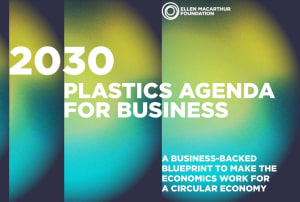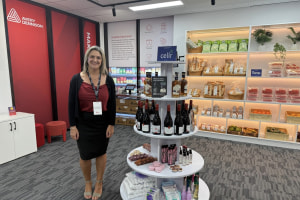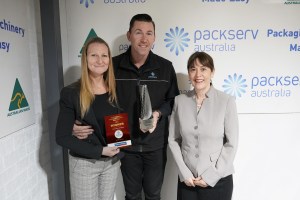Aseptic technology has become well established in the food and drink sector as a filling technique but some are still unaware of its benefits. Matt Hale from HRS Heat Exchangers writes.
As consumers become more health conscious, we see the demand for food and drink products without preservatives increase.
However, traditional methods combining sterilisation with hot filling are not suitable for products, which are increasingly being sold on their ‘fresh’ and ‘natural’ characteristics, due to the effect on product quality.
In most cases, hot filling sterilises the container as the product (which is still hot from cooking or sterilising) is filled. However, the temperatures required often have unwanted effects on the quality of the product, and the heat imposes restrictions on the type of container, which can be used: for example, hot filling of lightweight plastic drink bottles can lead to distortion of the plastic.
Consequently, cold aseptic filling has become a common technique with drinks manufacturers for products including UHT milk, fruit juices, and sports and energy drinks. Its flexibility means that it is suitable for a wide range of products from fresh fruit dices and purees to marinades and dairy products. This diversity has also seen the development of a wide range of fillers and packaging types, from pouches and lidded trays through to bulk bags and intermediate bulk containers (IBCs).






